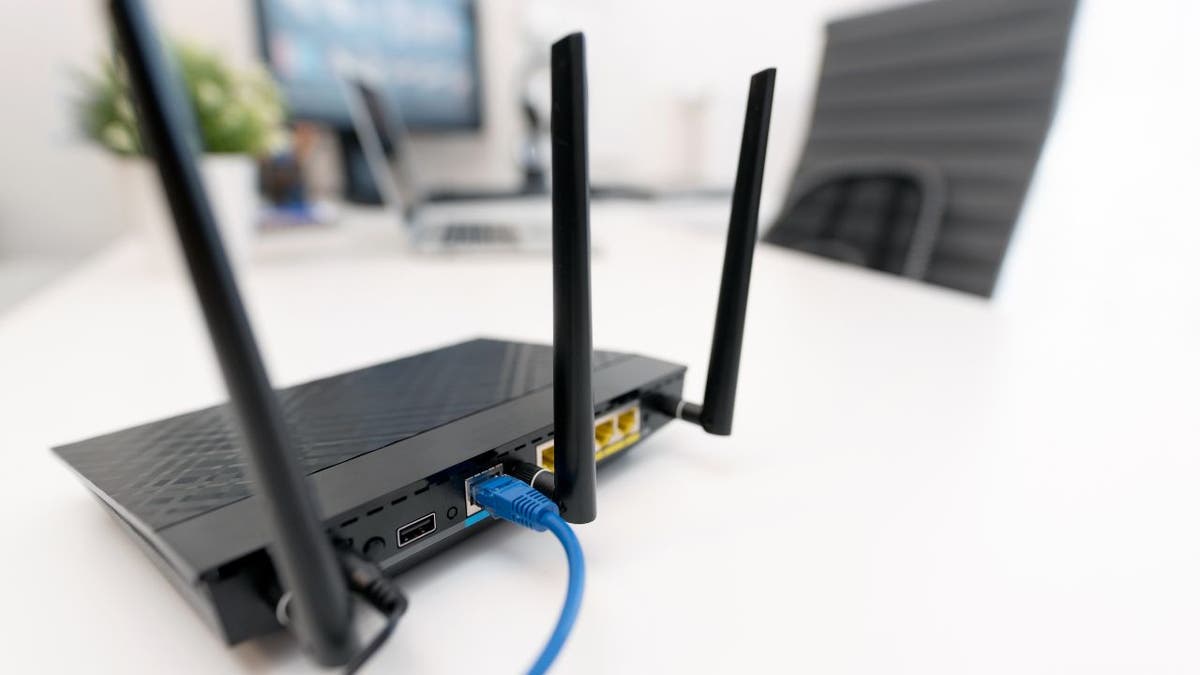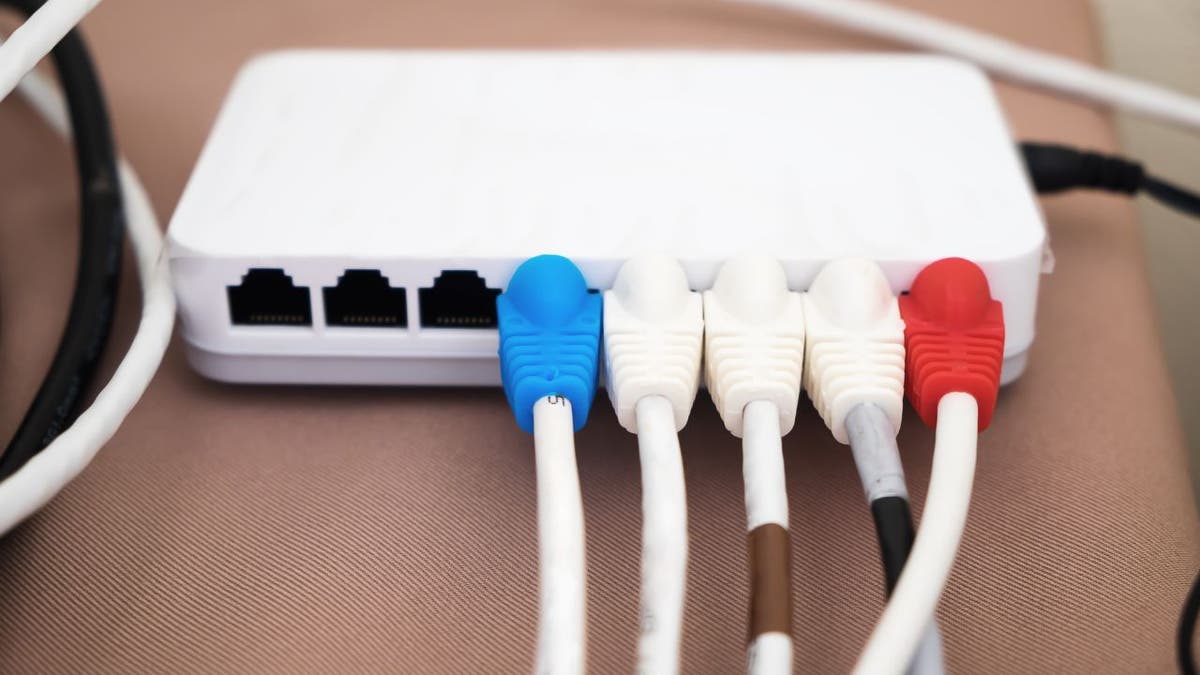Our home Wi-Fi networks are central to our digital lives, connecting everything from laptops and smartphones to security systems and appliances. However, a concerning number of people neglect basic router security, leaving themselves vulnerable to cyberattacks. A recent study by Broadband Genie highlights alarming statistics about router security practices, revealing that many internet users are unknowingly putting themselves at risk.

The 2024 Broadband Genie survey found that over half of the participants have never modified their router's default settings. A staggering 86% haven't changed the default administrator password, which is akin to leaving your front door unlocked. Similarly, 72% haven't changed their Wi-Fi password, and a vast majority have never updated their router's firmware, leaving known vulnerabilities open to exploitation. Even the default network names, often revealing the router model, remain unchanged for 89% of users.

Another significant concern is the lack of network monitoring. With numerous devices connected to the average home network, not checking who's connected can lead to unauthorized access and data breaches. A significant portion of respondents also admitted to not understanding the importance of adjusting router settings, indicating a critical need for increased awareness about these risks.

Protecting Your Router: Essential Steps
Here are some key measures to strengthen your router's security:
- Change Default Passwords: Replace both the administrator password and the Wi-Fi password with strong, unique combinations of characters.
- Rename Your Network (SSID): Choose a unique network name that doesn't reveal personal information or your router's model.
- Update Firmware: Regularly check for and install firmware updates to patch security flaws.
- Monitor Network Activity: Regularly review the devices connected to your network and disconnect any unknown or suspicious ones.
- Enable Strong Encryption: Utilize WPA3 or WPA2 encryption to secure your network traffic.
- Reboot Regularly: Schedule periodic reboots to clear memory and potentially disrupt malware.
In addition to these steps, using robust antivirus software on all your devices provides an extra layer of protection against malware and other online threats.
Key Takeaways
In today's interconnected world, securing your home network is crucial. The widespread lack of awareness about router security highlighted by the Broadband Genie survey underscores the need for greater education and proactive measures. By taking simple steps like changing default passwords and renaming your network, you can significantly enhance your home network's security and protect yourself from cyber threats.








